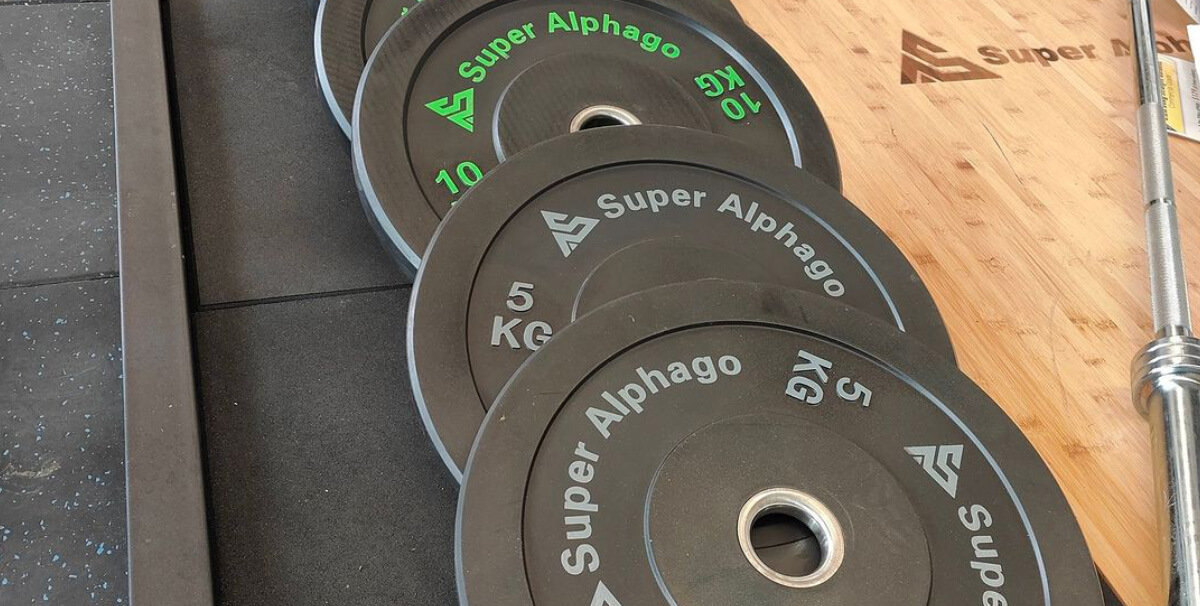Weights are an important part of any gym, and it’s crucial that you know how to use them safely. One question I often hear is can weight plates break? The answer is yes, but it’s not common.
In this blog post, we will discuss the reasons why weight plates might break and what you can do to prevent damage. We will also cover some tips on whether it is possible to fix or replace broken weight plates,
so keep reading!
Can weight plates break?
A quick online search will reveal that weight plates can break. However, the conditions have to be just right for this to happen. Most weight plates are made from steel, with a thin layer of rubber coating. This rubber helps to protect the equipment and floor plus reduces noise.
There are also bumper plates, which are made entirely from rubber. These are designed for Olympic lifts, where the bar is dropped from a great height.
Any weight plate can break if the conditions are right. However, if people use them as intended, they will never reach the point where they can break them.
In general, weight plates are designed to withstand a great deal of stress and abuse, so you shouldn’t have to worry about them breaking.
What causes weight plates to break or damage?
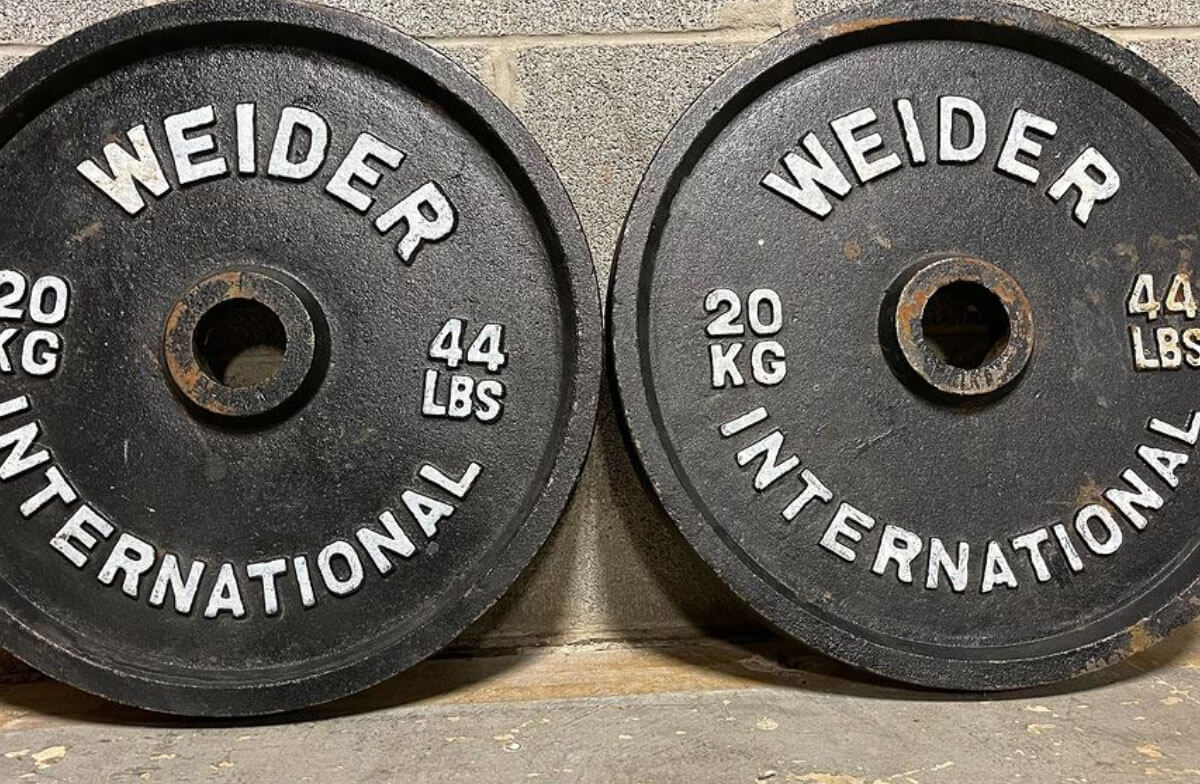
Most weightlifters have experienced the difficulty of a plate breaking or getting damaged during a workout. While this can be frustrating, it’s important to understand what causes this damage so that it can be avoided in the future.
One common cause of damage is dropping the plates from the hips or overhead. This can generate a lot of force that can break or crack the plates.
How much dropping and impact your specific plates can take will depend on the quality but, most importantly, the type of plates. For example, if you have a high-quality metal plate, it can withstand more dropping and bang than a lower-quality one.
Another cause of damage is banging two plates against each other in the wrong way, which can occur when you’re trying to put them away or clean them. This can cause the plates to chip or crack, so it’s important to be careful when handling them. Also, Mixing bumper and regular plates incorrectly can cause damage.
Finally, throwing the plates on the floor from a great distance after a set can also cause damage. This is because the plates can hit each other or the ground with a lot of force, causing them to break.
Helpful Tip:
If you see any damage on your weight plates, it is important to stop using them and get new ones. Damage can include cracks or chips, and if the plates don’t fit together snugly or rattle when you pick the barbell up, that’s a sign they’re damaged and need to be replaced.
How common is it for weight plates to break?
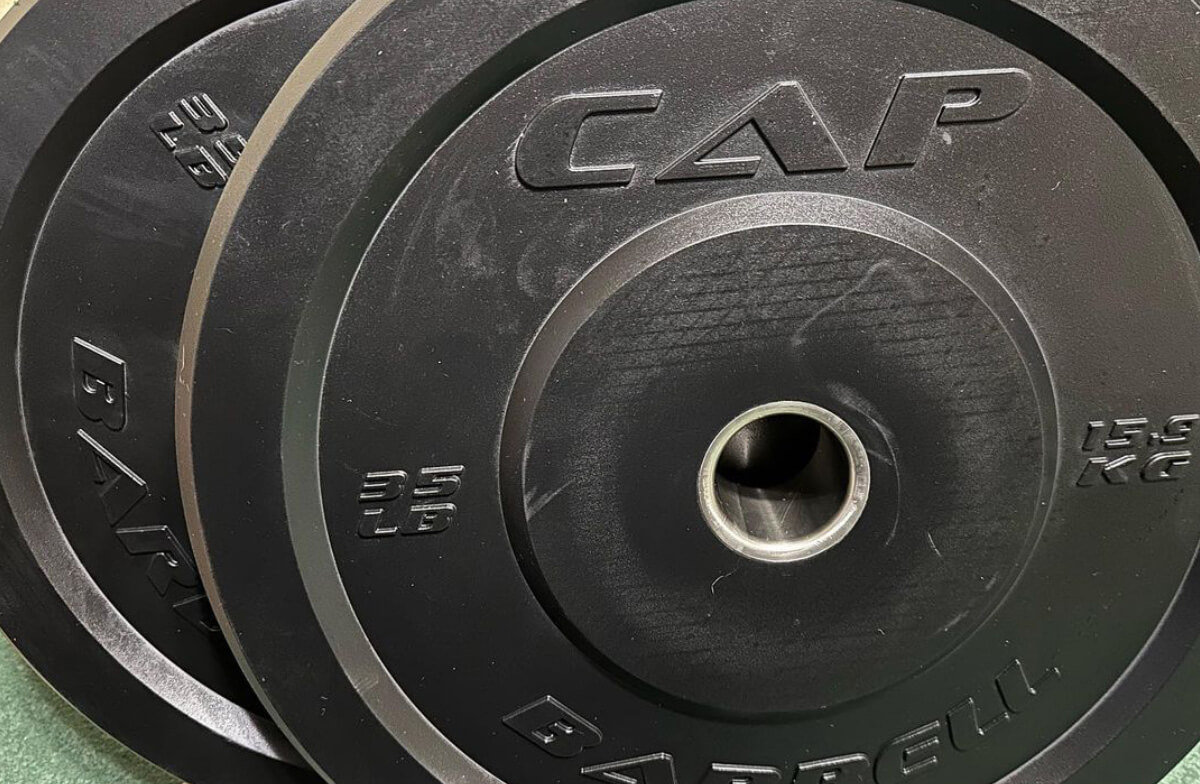
Weight plates are incredibly strong, but they can break if they’re misused or if there are manufacturing defects.
However, it’s not common for weight plates to break. The damage is often cosmetic, like the rubber coating peeling off or the inner rings coming loose. But sometimes, weight plates can shatter, chip, or crack.
To avoid breaking a weight plate, treat them carefully and try not to drop them from more than a few inches high.
Cast iron plates can withstand a lot of force, but if they’re repeatedly dropped, they can break over time. Bumper plates are also designed to be dropped, but if they’re used properly, they will last much longer.
In general, weight plates are very durable, but handling them with care is important to prevent breakage.
Can weight plates be prevented from breaking?
You can do a few things to help prevent weight plates from breaking. First, don’t drop the bar with iron weights on it (Use bumper plates instead) – if you’re going to drop iron weight plates, lower them in a controlled manner. Also, have gym flooring or deadlift pads in the place where you drop the weights to soften the blow.
Also, get the right plates for your actions and always use the right-sized plates on your bars. It is not a good idea to force ones that are too small or too big onto the barbell.
Finally, invest in a good quality set of weight plates – ones made from durable materials and can withstand a lot of wear and tear.
Also, while not directly related to preventing weight plates from breaking, having a plate tree can help keep your gym organized and tidy, which can indirectly help prevent accidental breakage.
Can you fix broken weight plates?
When you’re working out with weight plates, the last thing you want is for them to break.
Unfortunately, most weight plates are irreparable once they break. However, there are a few instances where you can fix broken plates, depending on the type of damage and also the type of weight plate.
A broken insert on a bumper plate is something that is definitely fixable, but a fully broken iron plate is not something that is fixable.
If you have a broken weight plate, the best thing to do is to stop using it and get a new one.
What are the consequences of using broken weight plates?
If you use broken weight plates, you risk seriously injuring yourself or others.
This is because broken weight plates can cause the barbell to tip over/collapse, leading to the weights falling on you or someone else.
Additionally, if you’re using a weight plate that’s cracked or chipped, it can break while you’re lifting and cause the weights to fall on you.
Types of plates
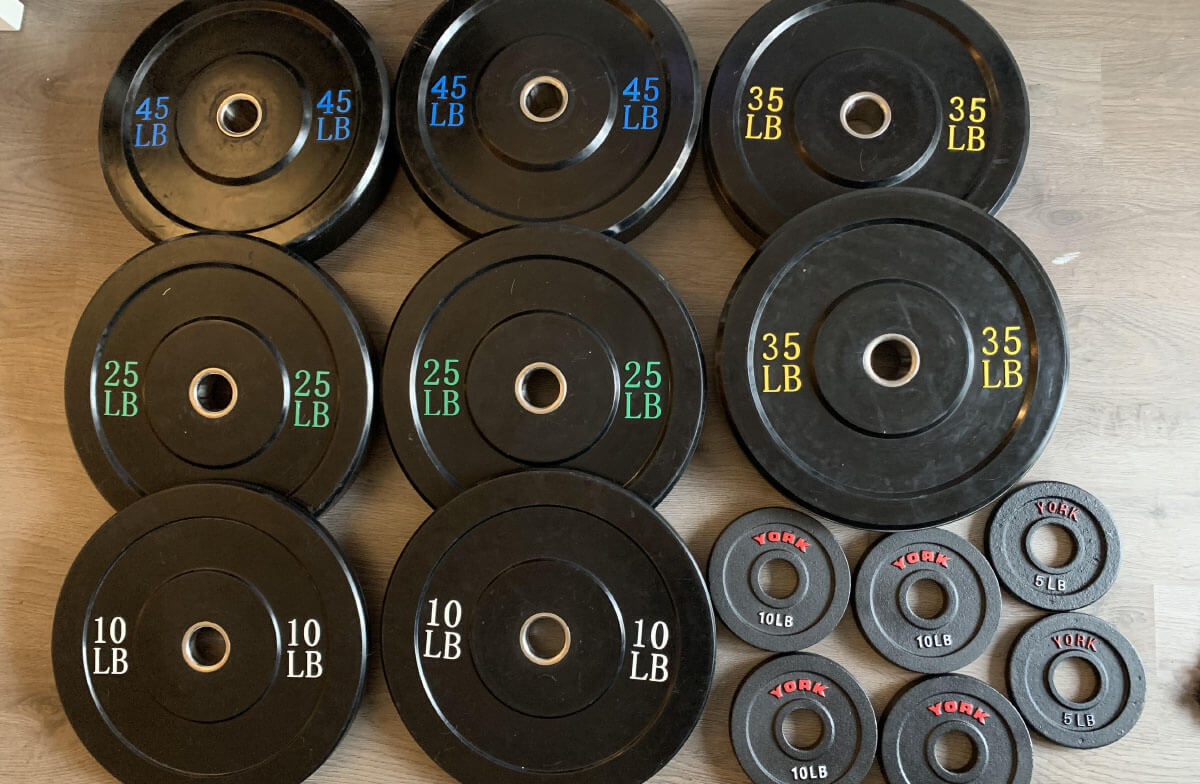
There are several different types of weight plates, including Cast iron plates, Iron coated plates, and bumper plates.
Cast iron plates
Cast iron plates are often used in weightlifting, as they are extremely durable and can withstand a lot of wear and tear.
However, if they are not properly supported, they can eventually crack and cause damage to your floor. Make sure to place them on a thick mat or other firm surfaces to prevent this from happening.
In addition, be careful not to drop the weights too hard, as this can also lead to cracks. While cast iron is incredibly strong, it is not indestructible.
Coated iron plates
Coated iron plates are similar to cast iron plates, but they have a coating of rubber or plastic over them. This makes them easier to grip and helps to protect the floor from damage. Coated iron plates are also less likely to rust compared to cast iron plates.
Bumper plates
Bumper plates are made from rubber and designed to be dropped without damaging the floor.
They’ve often been used in CrossFit and Olympic weightlifting. Bumper plates are also typically color-coded so that you can easily identify the different weights.
While bumper plates are designed to be dropped, they can still break if they’re not used properly.
Make sure to inspect your plates regularly for any cracks or damage. If you do find any damage, stop using the plate and get a new one.
How to choose the right weight plate
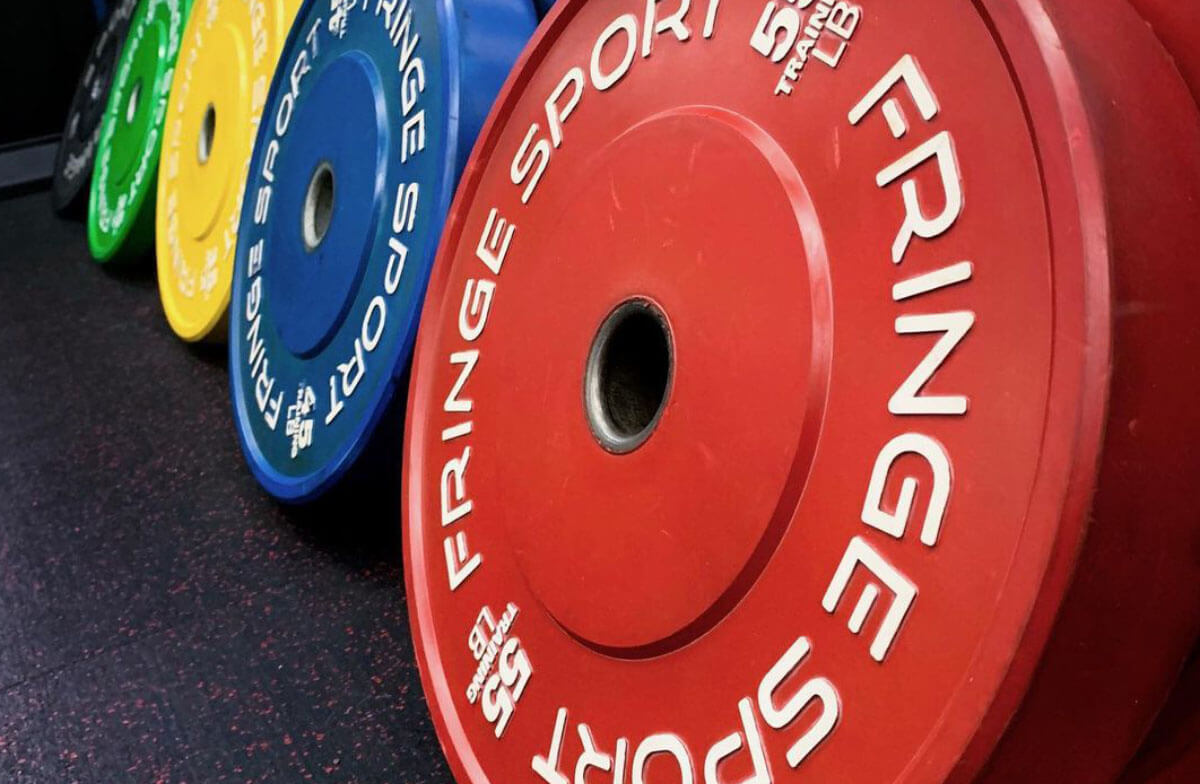
When choosing weight plates, it’s important to consider what you’ll be using them for. If you’re lifting heavy weights, you’ll need plates that can withstand a lot of wear and tear.
For lighter weights, you can choose plates that are made from less durable materials.
It’s also important to consider the size of the plates. Olympic weightlifting plates are typically larger than standard weightlifting plates. If you need help determining what size is right for you, check out our guide for choosing the right weightlifting plates.
Frequently Asked Questions (FAQ)
How long do weight plates last?
The lifespan of a weight plate depends on a number of factors, including the quality of the plate, the frequency of use, and the type of surface on which it is used. For example, a high-quality plate made from durable materials may last for many years with minimal wear and tear.
However, a lower-quality plate that is used frequently on a concrete floor may only last for a few months before beginning to show signs of wear and tear.
Ultimately, the best way to determine how long a weight plate will last is to consult the manufacturer’s warranty policy. This will give you an idea of how long the company expects the plate to last under normal use.
Do bumper plates break?
Yes, bumper plates can break if they are used improperly. For example, dropping a bumper plate from a great height on a hard surface, such as concrete repeatedly can also break.
To prevent your bumper plates from breaking, make sure to use a lifting platform or pads (even though bumper plates come with rubber coating) and inspect the plates regularly for any cracks or damage.
Can weight plates damage barbells?
Damaging your barbell is not only costly, but it also puts you at risk for injury. When you drop a loaded barbell with weight plates on it, the jarring impact can damage the bearings and hardware that attach your bar sleeves to the bar itself.
This can cause the bar to bend or break, leading to serious injury. Bumpers plates, on the other hand, help protect your barbell from this type of damage by absorbing the impact of the dropped weight.
Final Thoughts
While weight plates are designed to withstand a lot of wear and tear, it is still possible to break them if you’re not careful.
Most damage to weight plates is cosmetic, but if you drop them from a height or misuse them, you could end up with chips, cracks, or even a shattered plate.
If you’re concerned about damaging your weight plates, consider investing in bumper plates which are made to be dropped without sustaining major damage.
However, even bumper plates can break over time if they are misused. Ultimately, treating them with care and using some form of padding or lifting platform is the best way to prevent breaking your weight plates.
